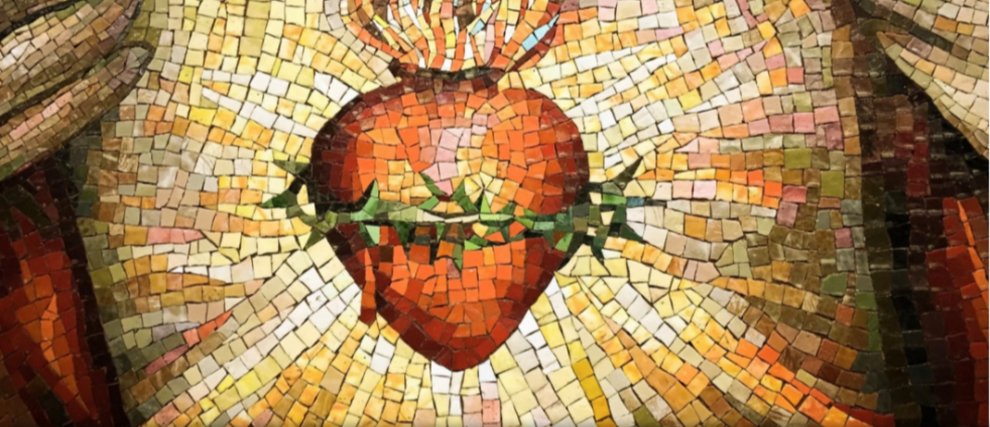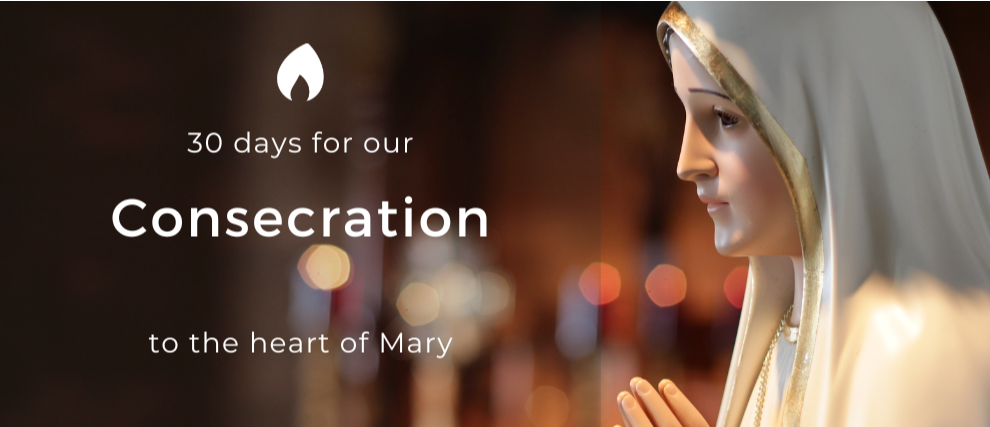Saint Peter
The Life of Peter the Apostle
From Simon to Peter
Simon Peter is one of the most important and emblematic figures in the history of Christianity. It is the first name that appears in the list of the twelve apostles of Jesus. And yet, little is certain about his life before following Jesus, or even about the exact context of his death. The general consensus seems to indicate that Simon Bar-Jona (which means: “son of Jona”) was a Jew, born in Bethsaida, settled in the house of his family in Capernaum, near Lake Tiberias, where he worked as a fisherman with his brother André. The Gospel of St. Luke indicates that he was associated with John and James.
St Peter's encounter with Jesus takes place shortly after the episode of temptation in the desert, but is told somewhat differently according to the gospels: in the gospels of Mark and Matthew, Jesus was by the Sea of Galilee when he saw Simon and his brother Andrew in a boat (or throwing nets into the water), and he said to them: “Come, follow me. I will send you out to fish for people.” (Matthew 4:19, Mark 1:17) Then the two brothers left their business behind and followed him. In the gospel according to Luke, Jesus had entered the city of Capernaum and started healing, and he even cared for Simon's mother-in-law. As he preached the good word by the lake where Simon was, he entered his boat and performed a miracle: he allowed fishermen to catch an impressive amount of fish. Then Simon fell to his knees, and said, “Go away from me, Lord, for I am a sinful man!” To which Jesus replied: “Don’t be afraid; from now on you will fish for people.” (Luke 5:10).
Finally, in the Gospel of St John, Andrew had joined Jesus before his brother. He brought Simon to Jesus, who said to him: “You are Simon, son of John. You will be called Cephas” (John 1: 42). The word “Cephas” comes from the Aramaic, it means “rock”. But this episode of the Bible where Jesus renames Simon is much better known in the Gospel of St. Matthew, and it goes a little further.
Still it is that Simon becomes Peter, and without hesitation, without remorse, he leaves everything behind to follow Christ, of whom he will become one of the most fervent disciples.
The Faith of Peter
“Even if all fall away on account of you, I never will.” (Matthew 26:33)
In chapter 16 of the Gospel of Matthew, Jesus asks his disciples who they think is the son of man. Peter answers first, saying without hesitation: “You are the Christ, the Son of the living God!” His faith is immense, and for this, Christ honors him with the following word:
"And I tell you that you are Peter, and on this rock I will build my church, and the gates of Hades will not overcome it. (Matthew 16:18).
Peter's faith, his trust, is the pillar of the Church of Christ. Yet this powerful faith is not immune to wavering. For someone whom Jesus designated as the stone of his church, and to whom the keys of paradise have been given, Peter is often at the centre of many conflicts in the Bible! Just a few moments after this exchange, Peter goes too far. When Jesus explains his coming death to the Apostles, Peter refuses to hear it, and even contradicts the affirmations of Christ. He is severely reprimanded: Jesus said to him, “Get behind me, Satan! You are a stumbling block to me; you do not have in mind the concerns of God, but merely human concerns.” Peter makes other mistakes on other occasions.
Jesus gives him the strength to walk on the water and follow Him, but Peter is afraid and begins to sink, which leads him to be called “a man of little faith” by Jesus (Matthew 14), while he affirms his unfailing fidelity to the Lord on several occasions… And then, of course, Peter is the apostle who three times, before the rooster's song, denied being a disciple of Christ.
In the various Gospels which relate in more detail the character of Peter, we see the portrait of a man in the true sense of the term: a human, with his strengths and weaknesses, who can get carried away, lose patience, and make mistakes. Simon Peter loses his temper when he cuts off the ear of a soldier who comes to take Jesus away (John 18:12).
Is he zealous when he proclaims his faith with such fervor, to the point of closing his ears to the word of Christ? Is he too inclined to be overwhelmed by emotions and doubt? Perhaps, but all of this also represents each of us. Peter is a rock, but his emotions transform his judgment. It is not he as a person who is questioned by Jesus, but his spirit of doubt, of fear, which prevents him from being this person.
The stone of the church is a deeply human stone. Jesus' teachings touch Peter, and he abandons absolutely everything to follow him. But he falls, he falters, showing that the same best of men, a man with the best intentions, can always learn from his mistakes. And this makes it all the stronger that this humanity is recognized by Jesus for all its value in its best moments.
Peter, the Pillar of the Church of Christ
Peter, First Bishop
“Feed my sheep. Very truly I tell you, when you were younger you dressed yourself and went where you wanted; but when you are old you will stretch out your hands, and someone else will dress you and lead you where you do not want to go.”
(John 21:17-18).
There can be no doubt that the place of Peter, the “Prince of the Apostles”, is paramount in the Christian tradition. After the ascension of Jesus, during Pentecost, the disciples receive the Holy Spirit to be able to proclaim the word of God throughout the world: they all gain the ability to speak in all languages. To see this, a stunned crowd even finds it hard to believe that the Apostles are quite sober! But it is Peter who would make the first evangelical speech after the departure of Christ. Later, Peter became the spokesman for the entire Christian community. He performed miracles, including the healing of a cripple (Acts 3) and the resurrection of Tabitha (Acts 9). Peter and the apostles share the apostolic authority equally, since they all received the Holy Spirit equally, and all have the same power to forgive sins. But it is often Peter who is seen making decisions or taking the floor, as when he proposes to replace Judas with a new Apostle (Acts 1), or officially declares the legitimacy of the “Gentiles” within the Church of Christ (although he himself had shown some reluctance on the issue in the past). Arrested by Herod, Peter was sent to prison, then released from his cell by an angel (Acts 10). Peter's death is not recorded in the Bible. In the Book of Acts, Peter simply went “to another place.” The Christian tradition says that Peter was martyred in Rome, and crucified in reverse (that is why the Cross of St Peter is the symbol of the cross of Christ overturned). His tomb is located under the Basilica of St Peter in Rome, in the Vatican.
Thus, Peter is often represented as the “first pope”, and besides, the Vatican considers that the succession thread of the popes goes directly up to him. Indeed, he was an important figure of the first apostolic see in Antioch. In the art world, he also takes on a papal figure. For example, in the 17th century, the painter Rubens represented the Apostle Peter dressed in an ecclesiastical costume, holding the keys to paradise in his hands.
Peter and Paul, Paul and Peter
How can we not draw strong parallels between the lives of Saint Peter and Saint Paul: both have been symbolically renamed (Simon becomes Peter, Saul becomes Paul) both are appointed apostles of a particular group of people (Peter is the apostle of the Jews, Paul is the apostle of the Gentiles). Just as Paul was accompanied by a disciple, who is credited with writing a book of the New Testament (Luke), so was Peter: Mark is recognized as Peter's companion and translator, and his gospel is sometimes referred to as the "memoirs of Peter." The church itself proclaims this close bond between the two men, naming them “the two pillars of the church of Christ.” Their martyrdom is considered to have taken place in Rome, and the two Apostles are so inseparable that they are even celebrated on the same day, the 29th of June. The Roman basilicas are dedicated to Peter and Paul, and their dedication is celebrated on November 18.

